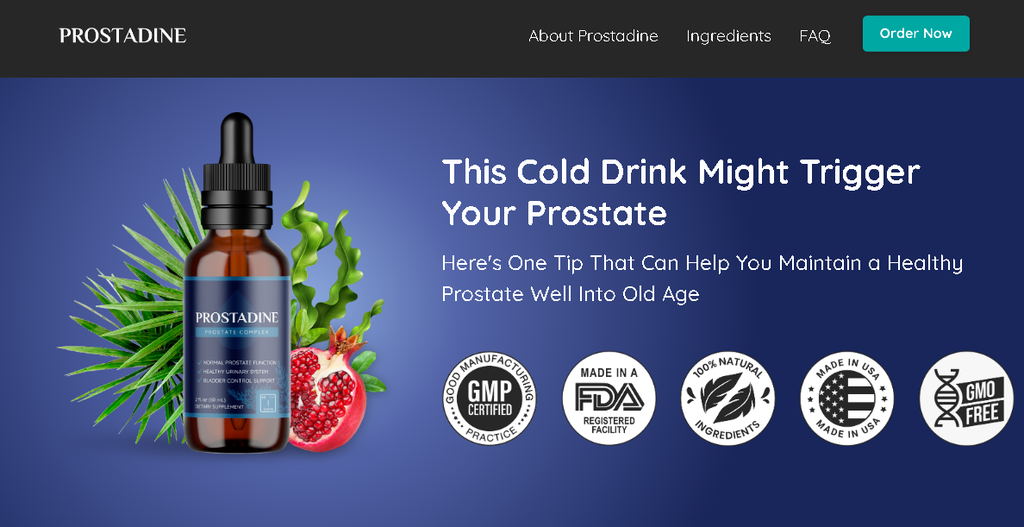GET MORE INFORMATION FOR HYPERTENSION
GET MORE INFORMATION FOR HYPERTENSION

GET MORE INFORMATION FOR HYPERTENSION

GET MORE INFORMATION FOR HYPERTENSION
Heightened awareness of strong pulsations in the chest, neck, or ears underscores the intricate interplay between hypertension and vascular health. Adopting stress management techniques and adhering to regular medical evaluations facilitate proactive measures in controlling blood pressure fluctuations and averting potential complications.




